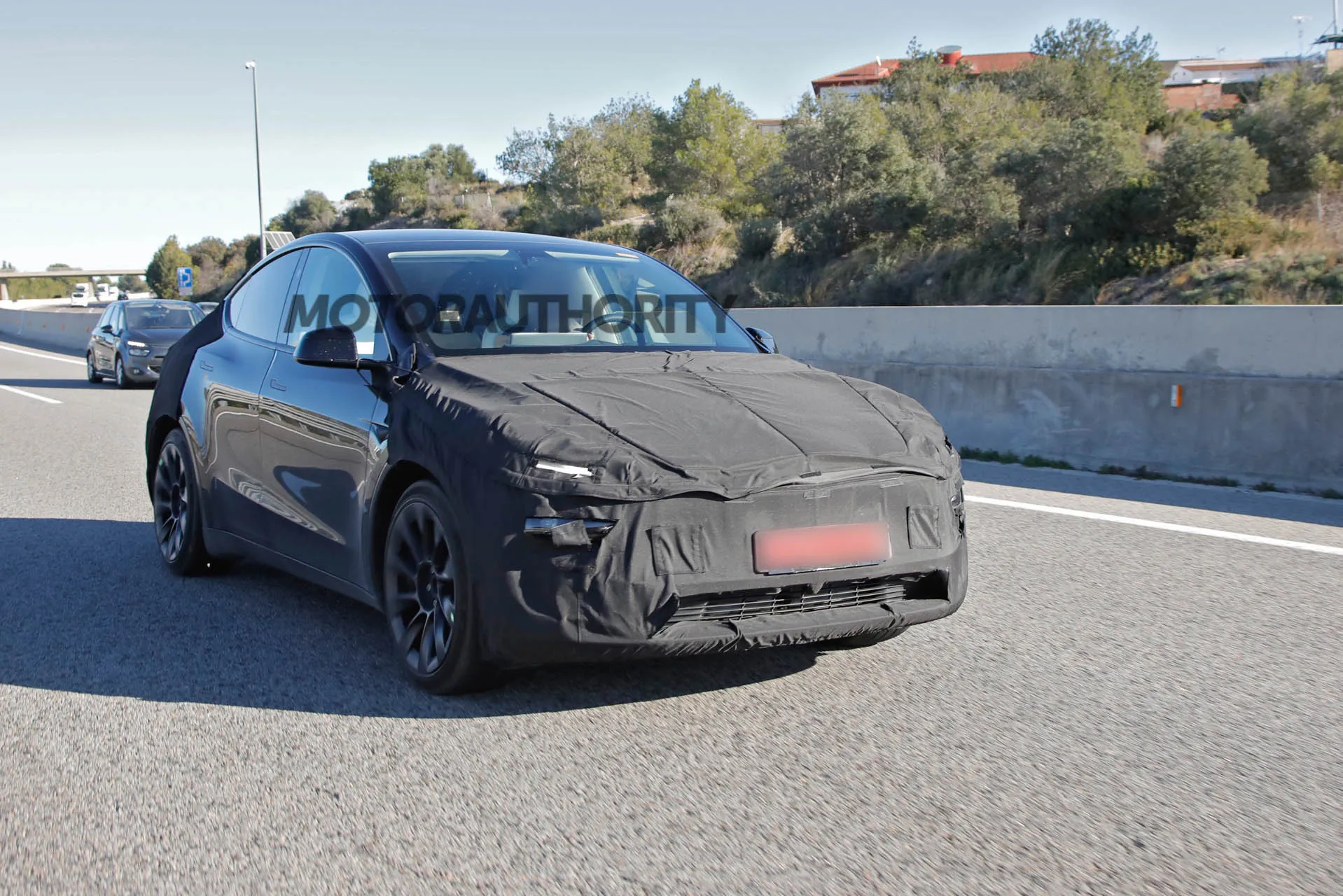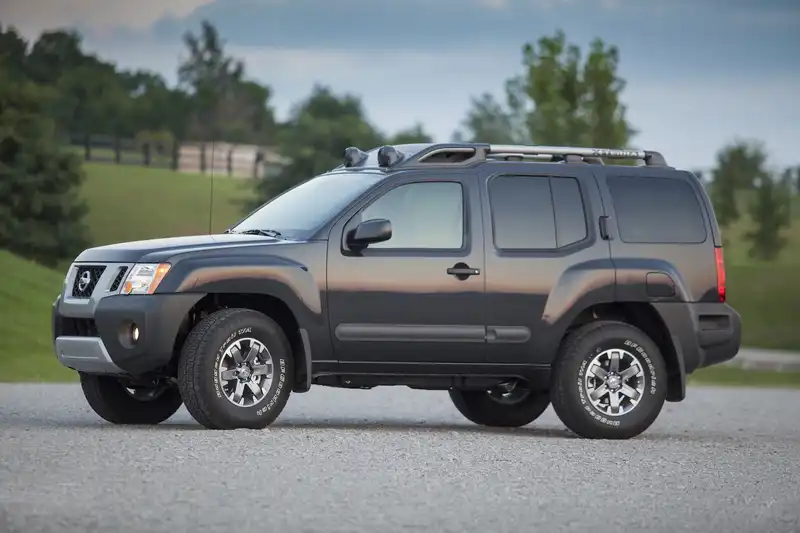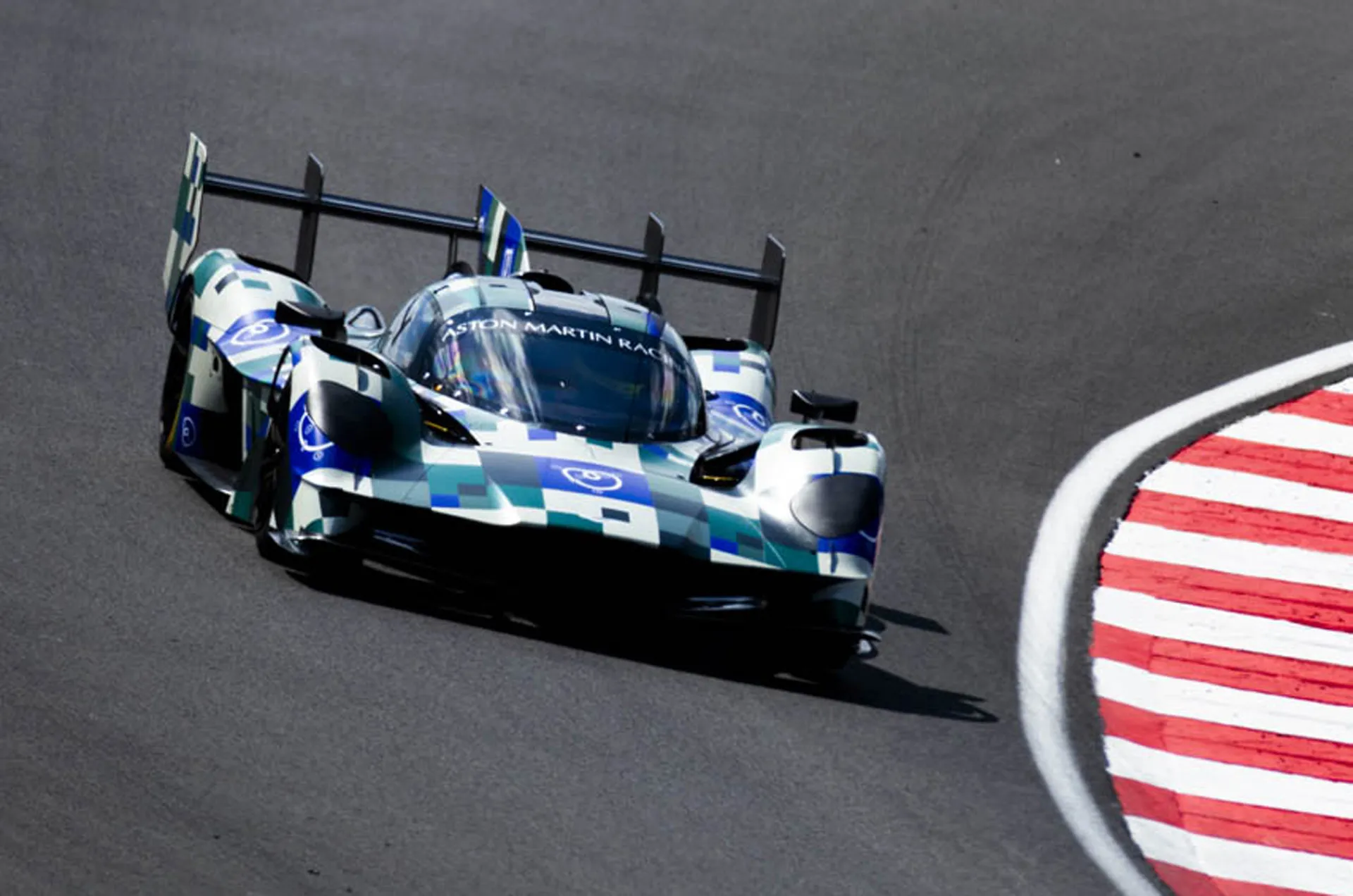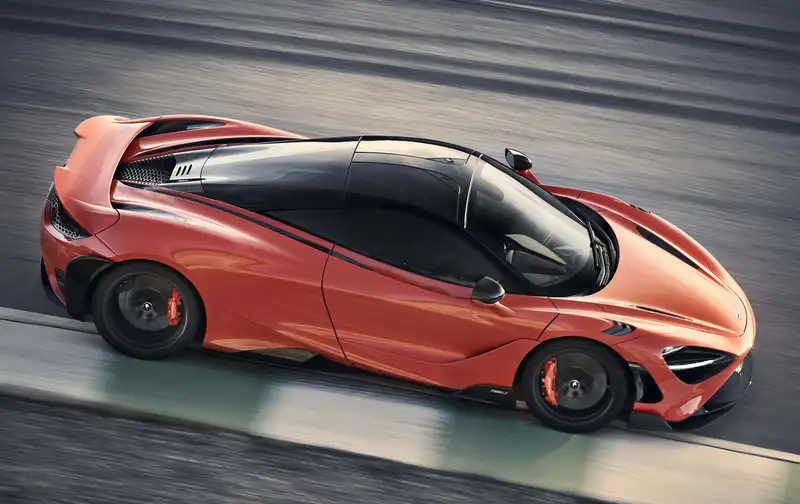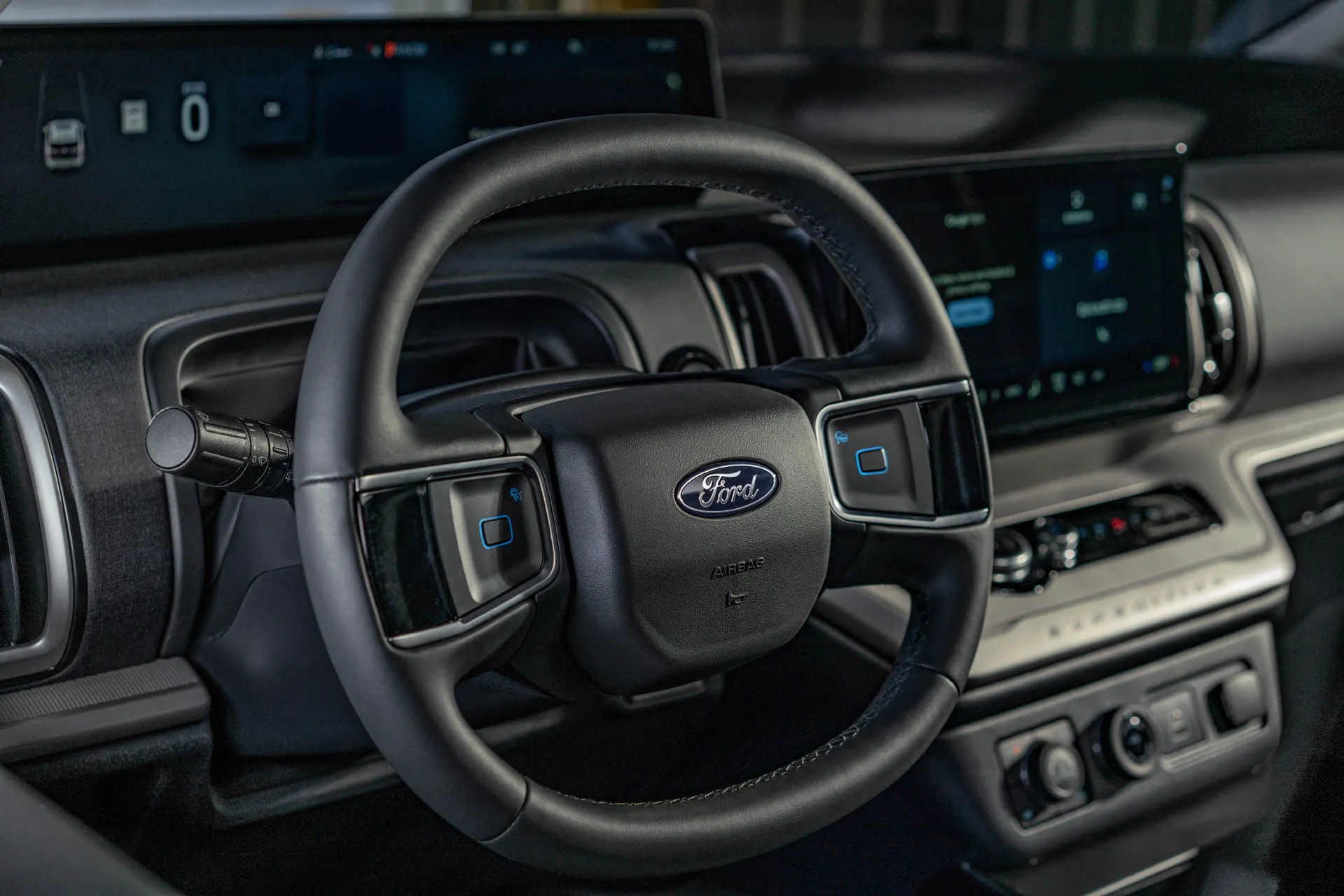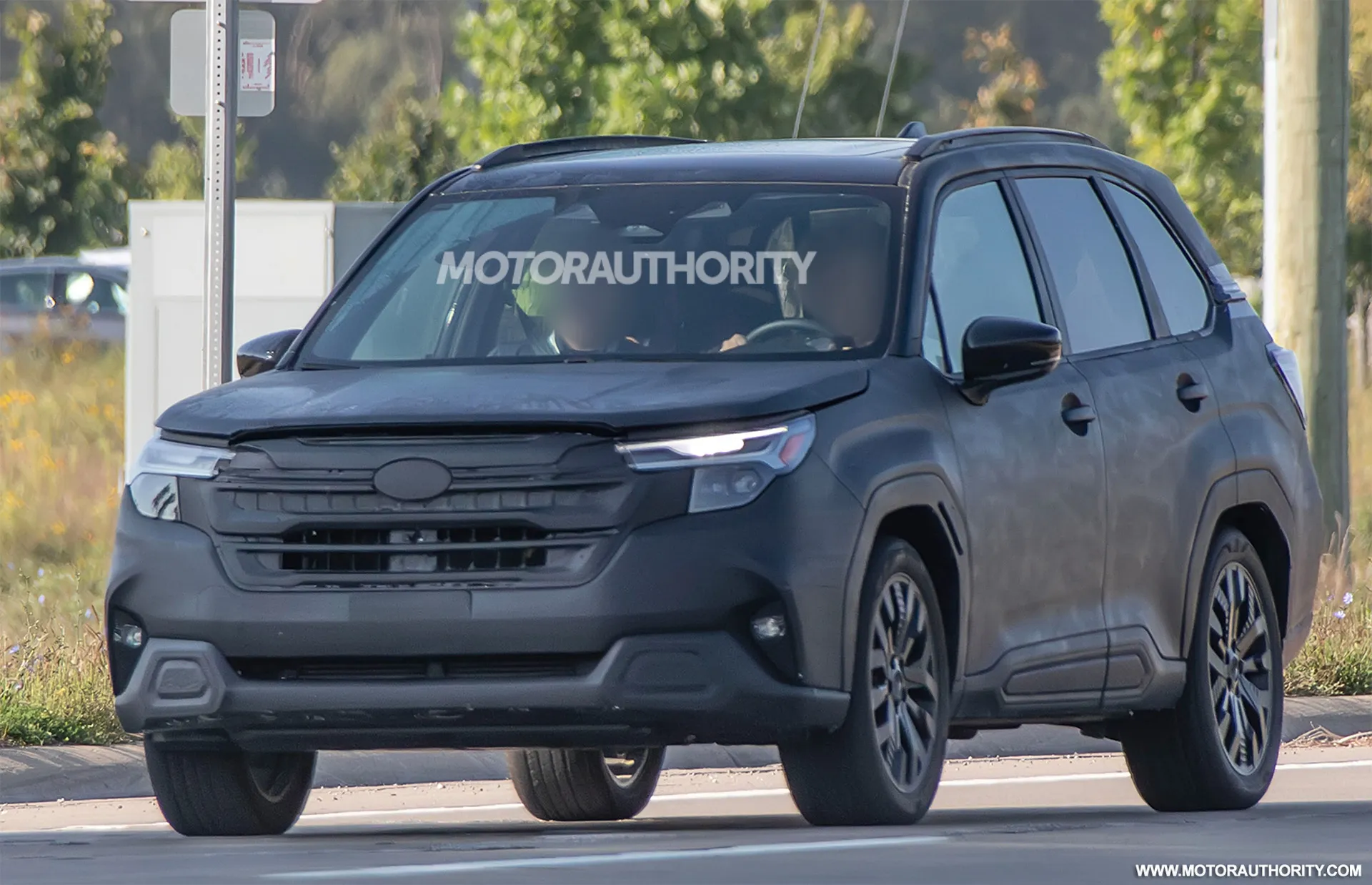1900, Porsche develops in-wheel electric motor
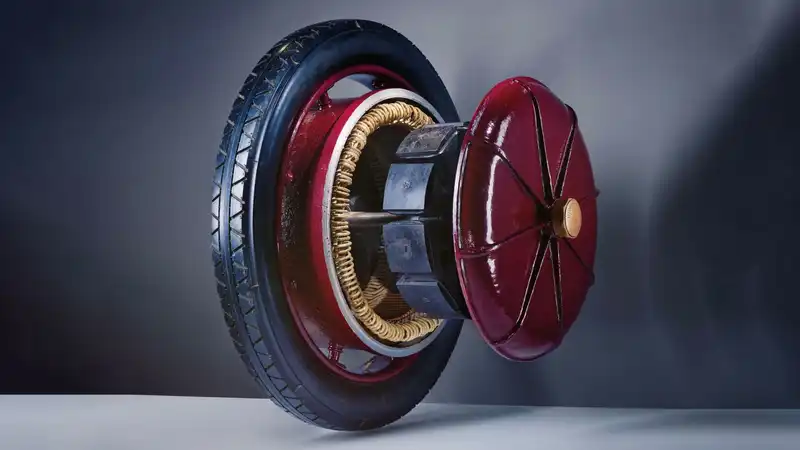
In-wheel motors are currently a hot topic in high-performance electric vehicles, but Ferdinand Porsche, founder of the Porsche engineering company and father of Ferry Porsche, founder of the Porsche sports car brand, was more than 100 years ago worked on the technology.
At the beginning of the 20th century, electric cars had the edge over internal combustion engines, and Ferdinand Porsche was experimenting with both technologies: on April 14, 1900, the electric car that the 24-year-old Porsche had helped develop was presented at the Paris Expo.
While designing an electric car in 1898, Porsche designed a motor to be incorporated into the front hub of the vehicle, which was built by the Austrian company Jakob Rohner in just 10 weeks. These electric motors produced 2.4 hp each, and the vehicle, called the Lohner Porsche, reached a top speed of 19.8 mph. The Lohner Porsche also had four-wheel brakes, an unusual feature for the time.
Porsche continued to work with Ludwig Rohner on the development of hub motors, developing three different sizes with a maximum output of 11.8 hp. Intended for use in passenger cars as well as trucks and buses, these motors were powered by lead-acid batteries with a claimed range of 31 miles.
Porsche also designed an all-wheel-drive electric racing car, dubbed La Toujours Contente (French for “The Always Happy One”), with a 13.8 hp motor on each wheel. However, the engineer's in-wheel motors were most commonly used in hybrid cars.
The Semper Vives (Latin for “always alive”) from Lohner-Porsche combined a hub motor with a gasoline engine to extend range and address the lack of charging infrastructure (two issues that EV drivers today are still familiar with). Porsche claims that some 300 vehicles with this powertrain were built, 40 of which were for the Vienna fire department.
In-wheel motors are now gradually being incorporated into modern automobiles; in 2023, Chinese automaker Dongfeng claims to have the first mass-producible passenger car with an in-wheel motor, although it had not reached full production before then, It was to be used in the Lightyear 0 and Roadstown Endurance pickups, as well as the NEVS Emily GT prototype.
Ferrari has also patented an in-wheel motor design, and Lexus said in 2019 that it would pursue in-wheel motors for future EVs. More recent patent filings from parent company Toyota seem to support this.
